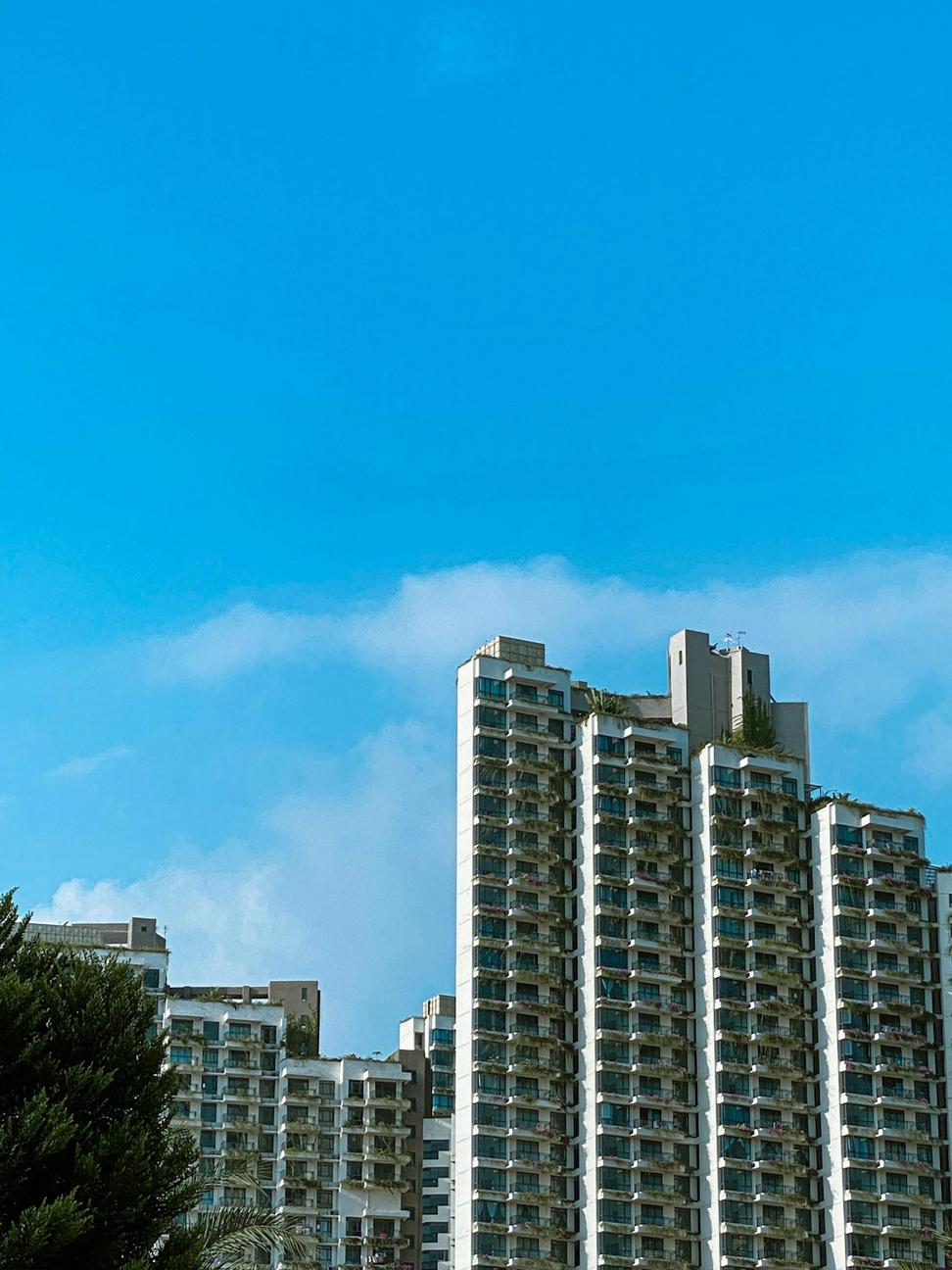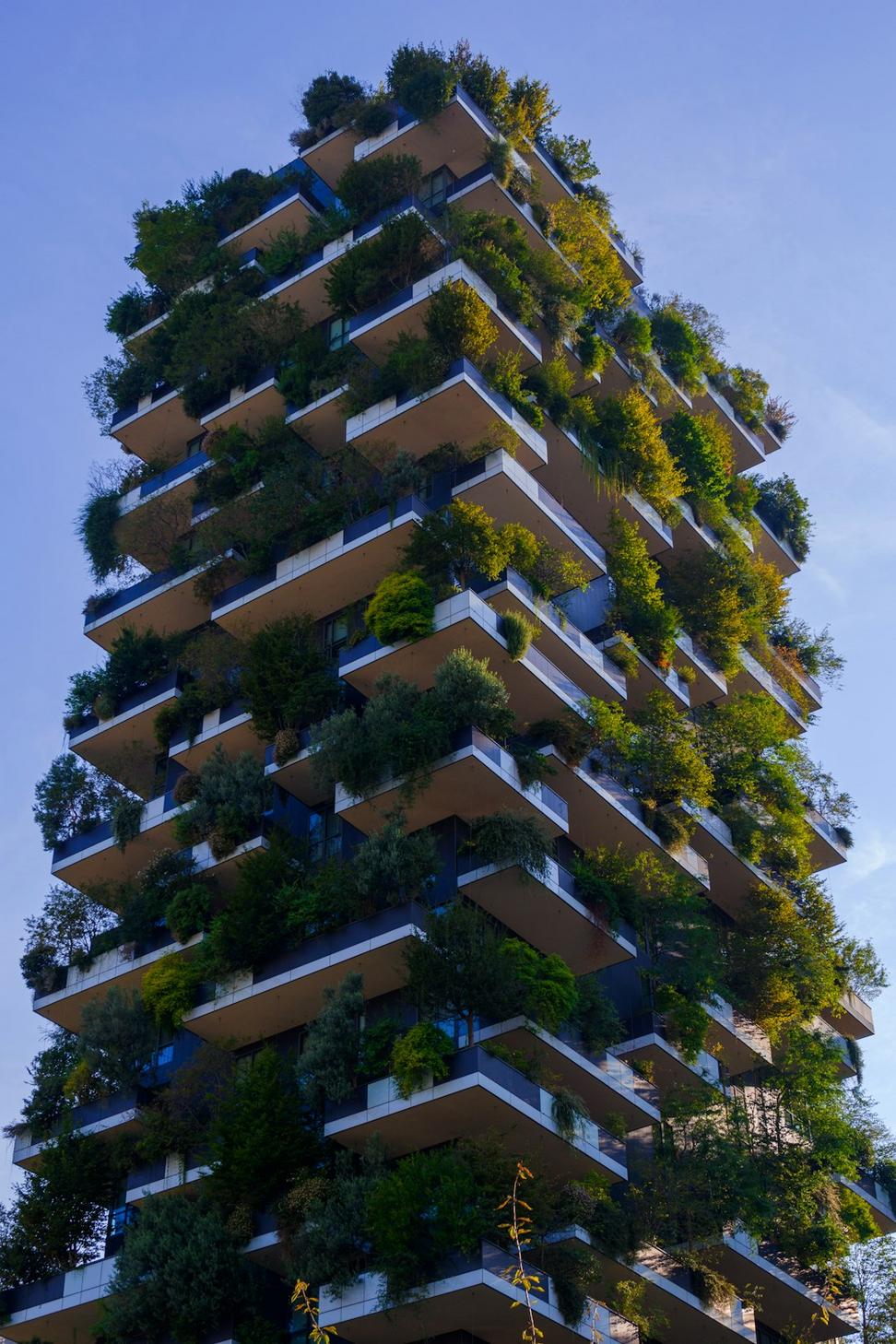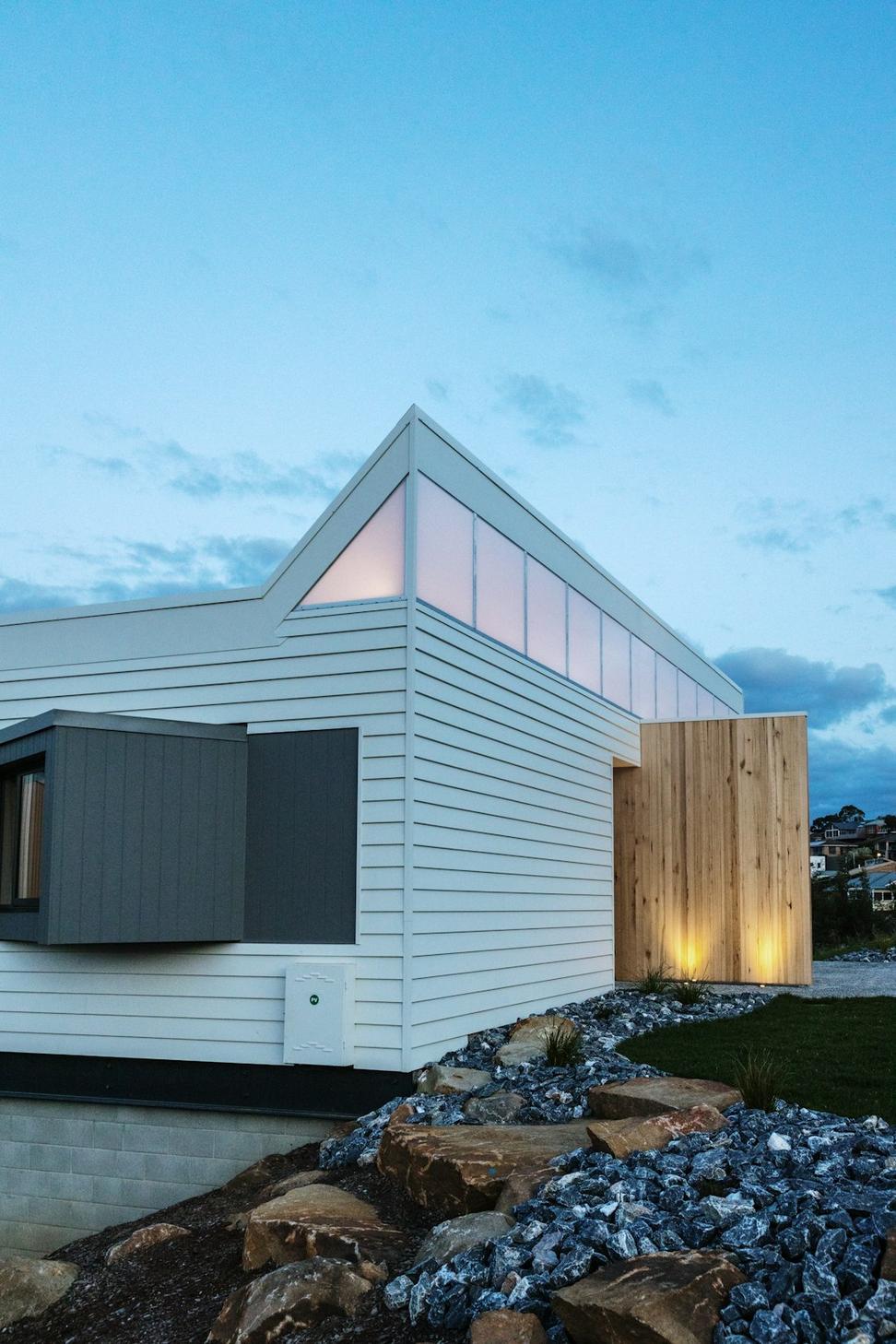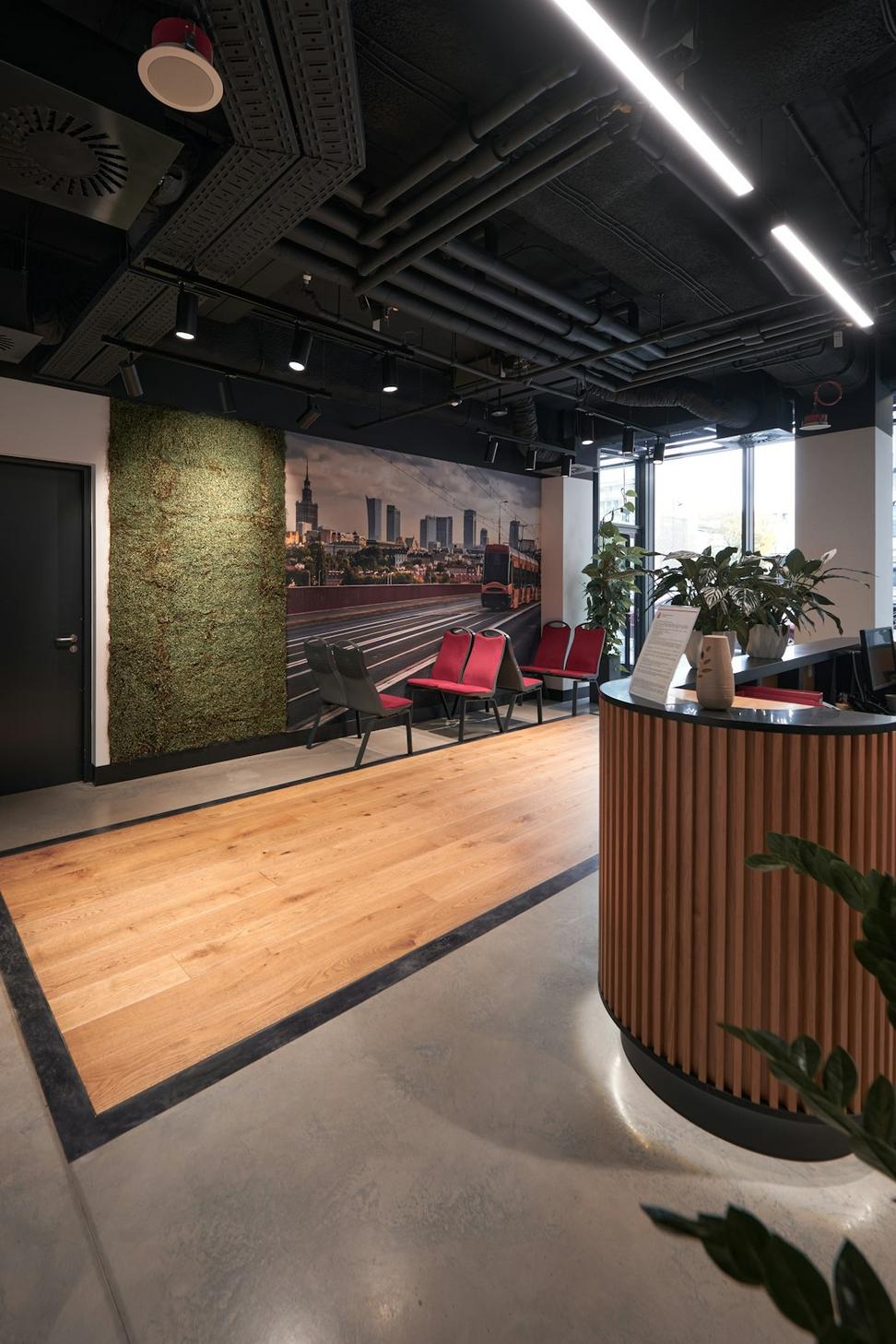Building Green Isn't Optional Anymore
Look, we've been doing this sustainability thing since before it was the trendy move. It's not just about slapping some solar panels on a roof and calling it a day – it's about rethinking how we build from the ground up.
Every project we touch has environmental responsibility baked into its DNA. That's just how we roll.





